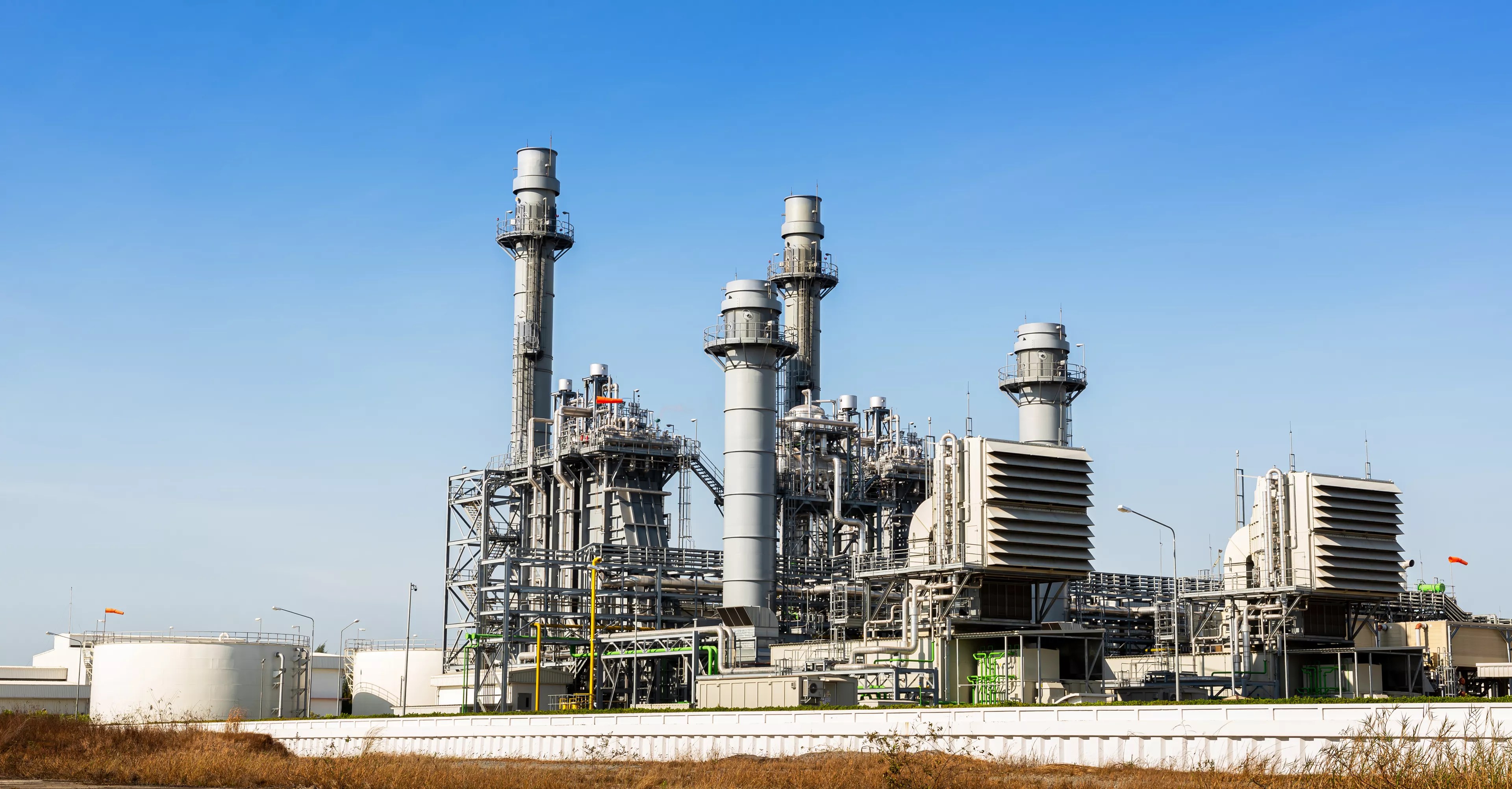
Adobe Stock

Audio By Carbonatix
As Texas grapples with a surging energy demand, power plant operators are looking to cash in big. But a report released earlier this week by the Environmental Integrity Project warned that that may come at a cost to Texans.
If you need a refresher on what we covered in our story on AI data centers earlier this year, we’ll get you up to speed.
Massive data center complexes that house the servers and computing equipment that make it possible for you to ask “@grok is this real” five times a day are popping up all across the Lone Star State, and these complexes guzzle up an unbelievable amount of energy. Naturally, this boom has converged with a growing population, increasingly extreme weather events and a post-Winter Storm Uri cultural wariness of the Texas electric grid.
Earlier this year, ERCOT CEO Pablo Vegas told legislators that an estimated 8.3% energy supply shortfall is predicted for peak demand periods as soon as 2027, and that shortage will grow to 32.4% by the summer of 2029. Meanwhile, artificial intelligence is becoming more integrated into everyday life, driving the demand for data centers, which in turn is driving the demand for more power.
Dallas, make your New Year’s Resolution Count!
We’re $10,000 away from reaching our $30,000 year-end fundraising goal. Your support could be what pushes us over the top. If our work has kept you informed, helped you understand a complex issue, or better connected you to your community, please consider making a contribution today.
That’s where gas power plants come in. Texas Gov. Greg Abbott and Lt Gov. Dan Patrick pledged last summer to introduce a $5 billion energy fund offering low-interest loans to incentivize gas-fueled power plant developers to help accommodate that demand.
In a report released this week, the Environmental Integrity Project found 130 gas power plant projects planned across the Lone Star State, most of which are new developments and some of which are expansions of existing plants. Researchers found the projects could have a staggering impact on Texas’ greenhouse gas emissions, and on the health of Texans living in areas where these plants are located.
“As of April 2025, EIP’s inventory contained 130 proposed gas power plant projects that could cumulatively add over 58 gigawatts (GW) of new generating capacity to the Texas grid and emit an estimated 115 million metric tons of greenhouse gases each year,” the report states. “[That] would be as much climate-warming pollution as 26.8 million cars and trucks driven for a year, or 30 coal-fired power plants. … In total, these projects could increase Texas’ greenhouse gas emissions by 13 percent over 2021 levels.”
One project planned for New Summerfield, Texas, just south of Tyler, could single-handedly produce over 3,400 megawatts of power – more than what was added to Texas’ grid in all of 2024 from all natural gas power plant projects – and an estimated 12,146,038 tons of greenhouse gases annually. While that isn’t as bad as the emissions from coal or crude oil, the Environmental Integrity Project is urging Texas lawmakers to spend more time considering solar or wind energy as a cleaner solution to the state’s electricity woes.
Why This Matters for Dallas
In an inventory of 130 natural gas power plant projects, Southwest Dallas’ Mountain Creek Power Station is listed as a potential expansion that could add 737 megawatts-more than enough power to run all of the Dallas-area data centers throughout 2024-to the plant’s capacity.
Details on that expansion have not been publicly announced, though. The Singapore-based company Trafigura, which purchased the power plant last summer, declined to comment when contacted by the Observer. Dallas City Council member Zarin Gracey, whose district encompasses the plant, said the report was the first he had heard of a potential expansion.
According to the report, the inventory was determined “using information from a wide variety of publicly available sources, including the Energy Information Administration, Global Energy Monitor, ERCOT, application documents for the Texas Energy Fund, permit documents from the Texas Commission on Environmental Quality, trade publications, and news articles.”
Paul White, director of the city of Dallas’ Office of Environmental Quality and Sustainability, told the Observer the office does not currently have any air quality monitors near the plant site, and that the office is not aware of any plans for the plant to expand current operations.
Still, a local power plant expansion would come as the region grapples with less-than-ideal air quality standards. Earlier this year, the Texas Commission on Environmental Quality found that Dallas County is not meeting federal air quality measures on pollution. Industry polluters release particulate matter, small particles of dust or dirt that can enter the bloodstream or lungs when inhaled, leading to negative health outcomes.
“We recognize that emissions from new power plants could affect regional air quality, even if only a few are in North Texas. Increased levels of air pollutants like ozone and fine particulate matter (PM2.5), can travel beyond their source,” White said. “Given that our region already struggles with ozone levels, managing emissions is important to protect public health, especially for children, seniors, and those with respiratory issues and other pre-existing conditions.”
The Clean Air Act requires public notification and opportunity for local communities to comment or object in public hearings before the state issues permits for major air pollution sources. The report also found that a power plant expansion and a new development are planned for Granbury and Glen Rose, respectively.